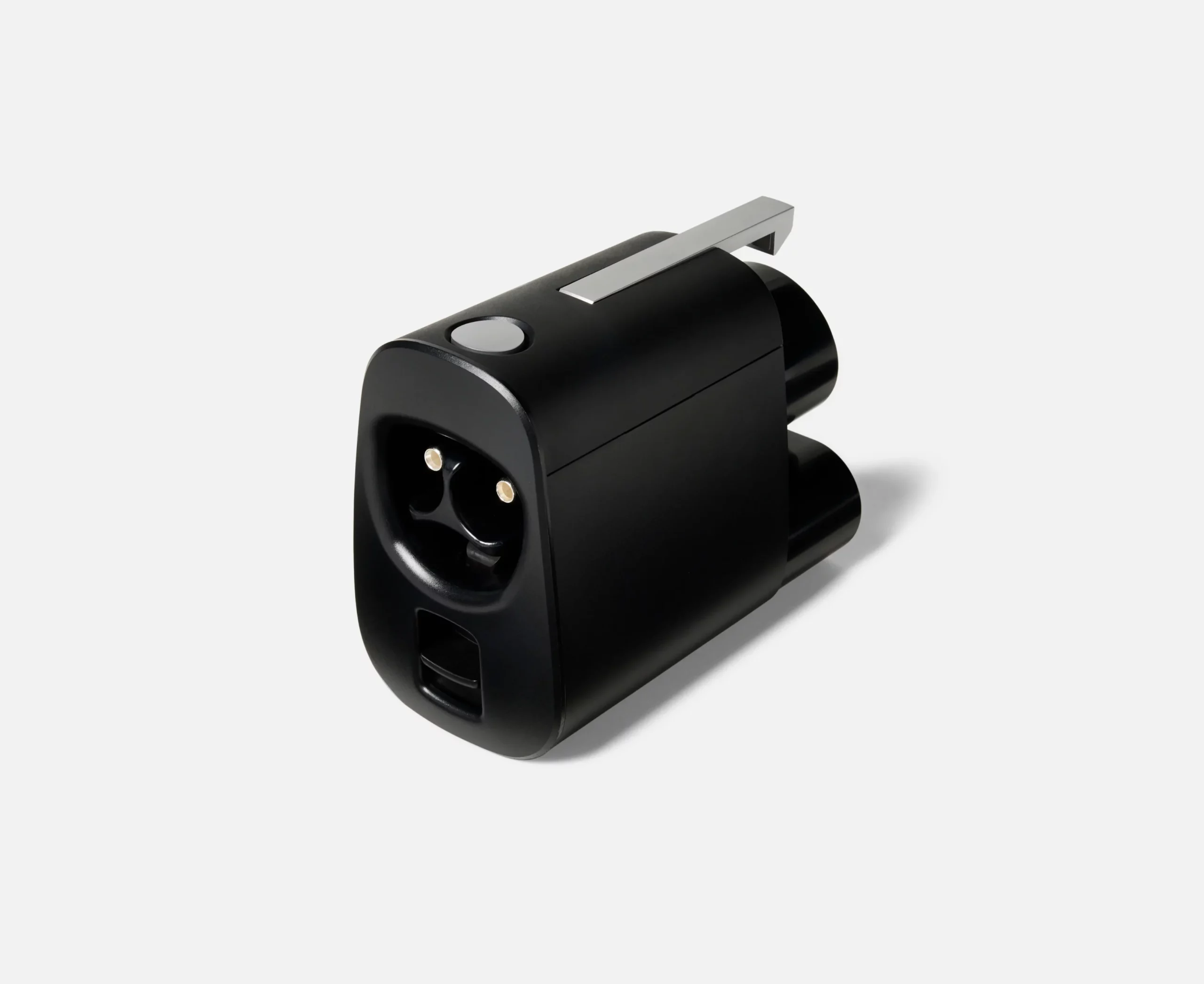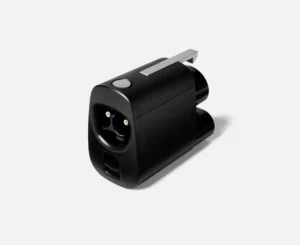
Home / EV Charging News / What does “NACS adapter required” mean?
If you own an electric vehicle (EV) or are planning a long road trip, you might have seen the message “NACS adapter required” at a charging station. But what does it actually mean? NACS, or North American Charging Standard, is a relatively new standard for EV charging connectors, primarily used by certain vehicle models and charging networks. When this message appears, it simply indicates that your car’s connector isn’t directly compatible with the station, and you’ll need a special adapter to start charging.
Understanding what NACS is and how the adapter works ensures that you can charge your EV safely and efficiently, whether at home or on the go.
NACS stands for North American Charging Standard, a charging connector standard developed to streamline and simplify electric vehicle (EV) charging across compatible networks. Originally popularized by certain EV manufacturers, NACS is designed to be compact, efficient, and user-friendly, providing a reliable way to charge your vehicle without complex adapters—provided both the car and the charging station support the standard.
Unlike the more widely used CCS (Combined Charging System), which is common in many public charging networks, NACS uses a different connector shape and pin configuration. This means that vehicles with a NACS port cannot directly connect to CCS or other incompatible stations without an adapter. The standard supports both AC and DC fast charging, making it versatile for home charging as well as high-speed public stations.
By adopting NACS, manufacturers aim to create a more seamless plug-and-charge experience, reducing the friction for drivers and encouraging broader EV adoption. Understanding NACS is key for EV owners, as it determines which charging stations your vehicle can use directly and where an adapter may be necessary.

NACS adapters are designed to bridge the gap between electric vehicles that use the North American Charging Standard (NACS) and charging stations with different connector types, such as CCS or older AC plugs. Essentially, the adapter acts as a translator, allowing the vehicle and station to communicate properly so that charging can begin safely and efficiently.
When you plug in an EV to a non-NACS station using the adapter, several things happen: first, the adapter ensures that the connector fits both the vehicle and the station. Next, it establishes a secure electrical and digital connection, allowing the car and charger to exchange information about voltage, current, and charging limits. This ensures the vehicle receives the correct power without risk of overloading or miscommunication.
Adapters are typically plug-and-play, meaning you simply attach the adapter to the station’s connector, then plug your car into the adapter. Many adapters also include safety features such as grounding protection, temperature monitoring, and certification compliance to prevent accidents or damage. Some models support both AC and DC charging, allowing drivers to use the adapter at home or on fast-charging public networks.
By using a NACS adapter, EV owners gain flexibility, enabling them to charge at a wider range of stations, even if the connector types don’t naturally match.
Using a NACS adapter can make charging your EV more convenient, but it’s important to follow a few safety guidelines to ensure a smooth and secure experience.
By following these tips, you can ensure that using a NACS adapter remains safe and reliable, giving you the flexibility to charge your EV wherever you go without compromising performance or safety.
Seeing the message “NACS adapter required” simply means that your electric vehicle needs an adapter to connect to a particular charging station. With the right NACS adapter, you can safely and efficiently charge your EV at a wider range of stations, whether at home or on the road.
Understanding how NACS works and using certified adapters ensures that your charging experience remains smooth, convenient, and safe. As more vehicles and networks adopt the NACS standard, having the appropriate adapter will give you the flexibility and confidence to travel farther without worrying about compatibility issues.



